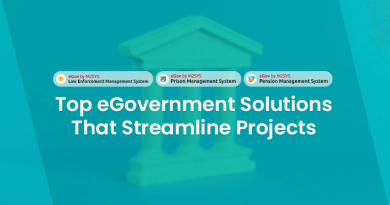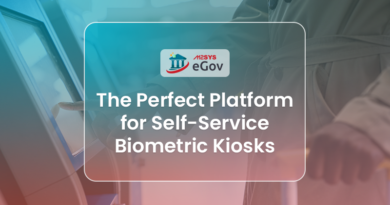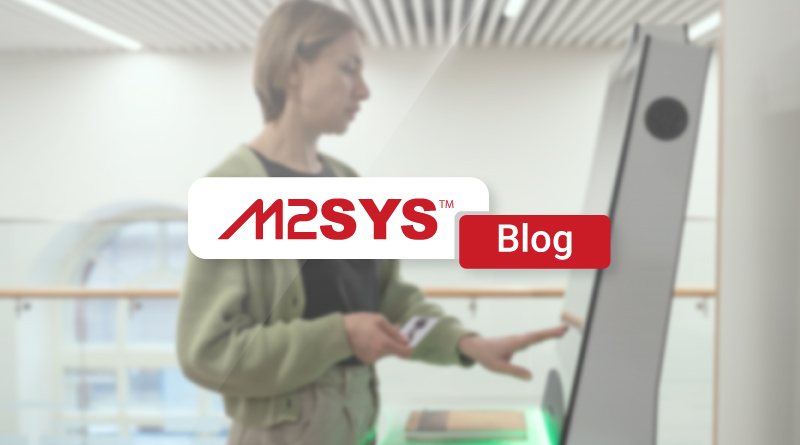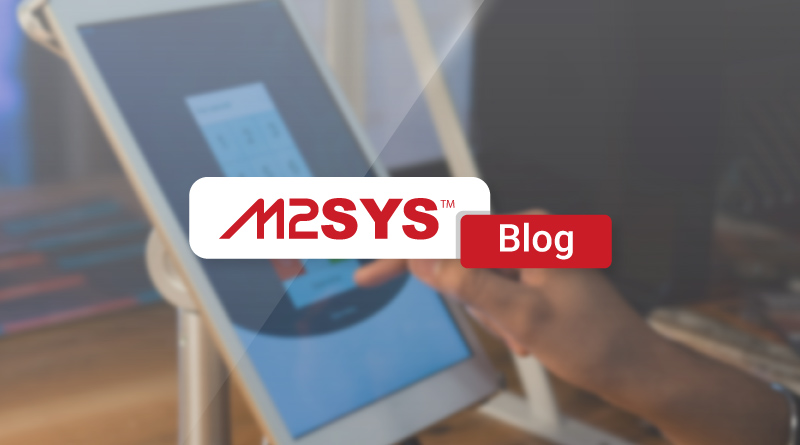Government Process Automation Solutions Enhance Efficiency
Government process automation revolutionizes public service delivery by enhancing efficiency and citizen engagement. Technologies like cloud solutions and AI streamline operations, reduce errors, and improve transparency. Successful implementations in Yemen, Nigeria, and Turkey highlight its transformative impact.
TL;DR
- Government process automation revolutionizes public service delivery, enhancing efficiency and meeting citizens' needs effectively.
- Automation reduces repetitive tasks, minimizes human error, and allows employees to focus on more strategic work.
- Cloud-based solutions provide scalable, secure infrastructure, ensuring seamless integration and cost-effectiveness.
- The M2SYS Generative AI Platform enhances operations with AI-assisted support, self-service portals, and real-time updates.
- Automation improves citizen engagement, transparency, and satisfaction through better service quality and control.
- Successful implementations in Yemen, Nigeria, and Turkey demonstrate significant improvements in public trust and security.
- Benefits include streamlined workflows, cost savings, regulatory compliance, and increased citizen satisfaction.
- Challenges include ensuring data security and training employees for smooth transitions to automated systems.
- Future trends involve AI and machine learning integration for advanced data analysis and decision-making.
Discover how M2SYS can transform your government processes. Contact us today to learn more.
Government process automation transforms how public services are delivered. By harnessing technology, governments can operate more efficiently, meeting citizens’ needs more effectively. But what does process automation truly entail, and how does it enhance efficiency?
How does process automation improve government efficiency?
Automation in government involves using technology to handle repetitive tasks that consume time. This could range from data entry to document management and even communications between government departments. Such automation aims to boost efficiency, minimize human error, and allow employees to engage in work requiring more judgment and creativity.
What technologies drive government process automation?
Cloud-based solutions play a critical role in this transformation. Governments benefit from scalable, secure infrastructure without hefty upfront investments by deploying systems in the cloud. Cloud technology ensures continuous updates and smooth integration with existing systems, keeping projects on track and within budget.
The M2SYS Generative AI Platform illustrates this well. It streamlines government operations, automating tasks and enhancing citizen engagement through features like 24/7 AI-assisted support, self-service portals, and real-time updates. Its seamless integration with existing systems provides a unified solution that improves both internal operations and citizen interactions.
How does automation enhance citizen engagement?
Beyond internal efficiency, automation improves how governments interact with citizens. With tools for citizen engagement integrated into automated systems, transparency and service quality improve. Self-service portals, real-time updates, and AI-assisted support empower citizens, giving them greater control and clarity over their requests. This, in turn, boosts trust and satisfaction.
Can you share examples of successful automation in government?
Yes, several real-world examples highlight the impact of government process automation. For instance, M2SYS supported Yemen’s electoral modernization by implementing a digital registration system with multimodal identity verification. This reduced electoral disputes and enhanced public trust in the democratic process.
In Nigeria, M2SYS collaborated with the Nigerian Communications Commission on a nationwide citizen registration system to bolster mobile security. This project created a centralized database for SIM card holders, aiding fraud prevention and regulatory compliance.
In Turkey, M2SYS aided in developing a national ID system, enabling the issuance of smart ID cards with secure personal and biometric information, covering over 80 million citizens.
What are the benefits of government process automation?
Automating government processes offers numerous advantages:
- Efficiency: Complex workflows become streamlined, allowing officials to focus on impactful responsibilities.
- Cost-Effectiveness: Cloud deployment reduces extensive IT resources’ need, keeping projects on budget.
- Regulatory Compliance: Streamlined processes ensure agencies comply with regulatory standards, managing data securely.
- Citizen Satisfaction: Addressing citizen frustration through timely updates and support enhances satisfaction.
What challenges does government automation face?
While promising, government process automation also presents challenges. Ensuring data security and privacy is crucial, especially with citizens’ personal information. Transitioning government employees to automated systems requires training and support to help them adapt.
What future trends are emerging in government process automation?
As technology evolves, government automation will advance further. Integrating AI and machine learning into automation systems will enable sophisticated data analysis and decision-making. Additionally, adopting AI and machine learning could enhance security and transparency in government processes.
Government process automation solutions are vital for modernizing public service delivery, meeting citizens’ growing expectations. By leveraging technologies like cloud-based platforms and AI, governments can streamline operations, enhance engagement, and improve efficiency. The M2SYS Generative AI Platform exemplifies how integrated solutions drive efficiency gains while fostering a user-friendly, transparent service ecosystem. Embracing these innovations is crucial for state and federal agencies to remain resilient and responsive amidst evolving public service demands.
How-To Guide: Implementing Government Process Automation
- Identify Key Processes: Start by identifying repetitive and time-consuming tasks within the government operations that can be automated. This could include data entry, approvals, and communication workflows.
- Choose the Right Technology: Consider technologies that support automation, such as cloud-based platforms and AI solutions. The Government Cloud Solutions provide an excellent starting point for understanding technology deployment.
- Implement Solutions: Deploy automation solutions like the M2SYS Generative AI Platform, which streamlines operations by automating routine tasks and enhancing citizen interactions. Discover how integrated solutions help in Enhancing Government Services.
- Integrate with Existing Systems: Ensure the automation solutions integrate seamlessly with current legacy systems to maintain consistency and ease the transition.
- Train Employees: Provide training sessions and support to help government employees adapt to new systems and understand new workflows effectively.
- Monitor and Optimize: Continuously evaluate the effectiveness of the automation processes, making necessary adjustments to improve efficiency and address any challenges. For further guidance, reach out through our Contact Us page.
- Ensure Compliance: Keep track of regulatory standards to ensure the automation solutions remain compliant and data remains secure. This includes managing sensitive information responsibly.
FAQ on Government Process Automation
1. What is government process automation?
Government process automation involves using technology to handle repetitive and time-consuming administrative tasks, such as data entry, document management, and communication between departments. This enhances efficiency and allows government employees to focus on tasks requiring more judgment and creativity.
2. How does automation enhance government efficiency?
Automation improves efficiency by streamlining complex workflows and minimizing human errors. This allows government officials to focus on high-impact responsibilities and improves regulatory compliance and resource management.
3. What technologies are used in government process automation?
Technologies like cloud-based solutions, artificial intelligence, and machine learning play a key role in automating government processes. For a detailed understanding, visit our page on Government Cloud Solutions.
4. How does process automation improve citizen engagement?
Automation improves citizen engagement by integrating tools like self-service portals and AI-assisted support, providing timely updates and support, thus boosting trust and satisfaction. For more on this, refer to Transforming Citizen Services.
5. What are some examples of successful automation in government?
Examples include Yemen’s electoral modernization, Nigeria’s national SIM registration, and Turkey’s national ID system. These projects enhanced public trust, improved security, and ensured regulatory compliance.
6. What challenges are faced in automating government processes?
Challenges include ensuring data security, privacy, and transitioning employees to new systems, which requires adequate training and support.
7. What future trends are expected in government process automation?
Future trends include more sophisticated data analysis through AI and machine learning, enhancing security, transparency, and decision-making in government. Learn more in our article on AI Integration Reality.










